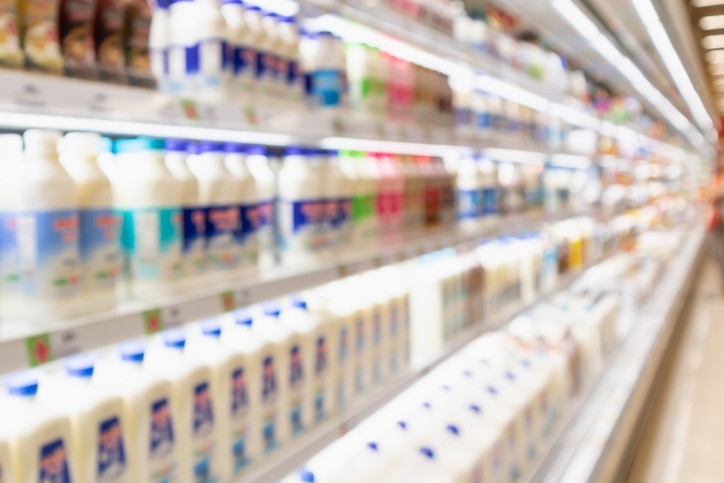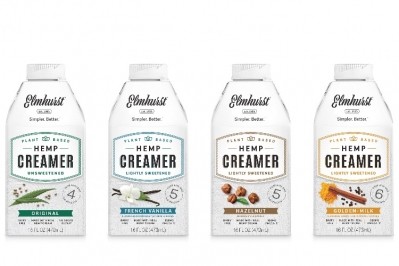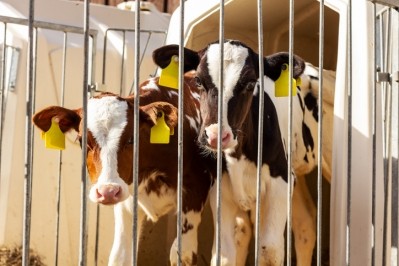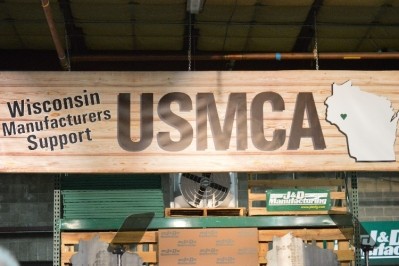Tariff battles and bad weather take a toll on US dairy numbers

Despite decreasing fluid milk consumption in the US, production has not taken a significant hit in the last few years. In Q1 2019 US milk production only increased by 0.1% over Q1 2018, according to Rabobank’s quarterly report. It says the flat numbers are a result of a declining national herd offset by steady improvement in the yield of milk per cow.
Milking cow numbers are currently down by 90,000 compared to less than a year ago, according to Rabobank. The report forecasts US milk production to remain in a ‘holding pattern’ in the near future, with no immediate changes to the industry’s contributing factors.
Rabobank expects US milk production per cow will continue rising. But herd numbers are still declining, so milk supply growth for the rest of the year will remain below average, less than 1.5%. This should raise milk prices into the second half of 2019.
Where will the US struggle?
An unexpectedly rainy 2019 for the midwestern US caused planting delays for farmers, particularly in corn and soybeans. This is directly raising herd feed prices, and the weather has also delayed fieldwork and expansion for dairies.
Rabobank predicts that the US economy is heading for a ‘sizeable slowdown’ in 2020. Heading into Q3 and Q4 2019, it says the US and China trade war “has a possible waiver of some punitive tariffs,” and there is a potential brewing trade war between the US and EU that would hurt EU dairy exporters.
In the next few years, Rabobank thinks the US will struggle to be a competitive exporter to China because most US dairy exports are currently subject to tariffs between 25%-45%.
And while progress has been made with Canada and Mexico and the proposal of the USMCA agreement, it still has not been fully passed into law. This is causing uncertainty that could result in further dairy trade troubles with Mexico.
Total US cheese exports grew by 10% in Q1 2019 compared to Q1 2018, despite a 10% drop in sales to Mexico, which is the largest export market for US cheese. The US filled more cheese demand in the Asia-Pacific region to make up the deficit.
Butter production was down by 4.8% this spring versus last year. Exports of US milkfat and skim solids were negatively affected by trade disputes and the African Swine Fever crisis, which has reduced sales of dry whey to China by 53% and lactose by 24% in Q1 2019.
Retail sales of processed cheese, fluid milk, yogurt and ice cream were down in the first half of the year, but Rabobank said "robust food service demand has kept the US dairy market in balance."
“American consumers are confident about current economic conditions … Longer term, American optimism is likely to fade as the cost of higher tariffs on Chinese imports ripple through the US economy,” the report said.
“Rabobank forecasts a slowing US economy in 2020, just as year-on-year milk production rebounds, resulting in larger volumes of US dairy products hitting the global markets.”








